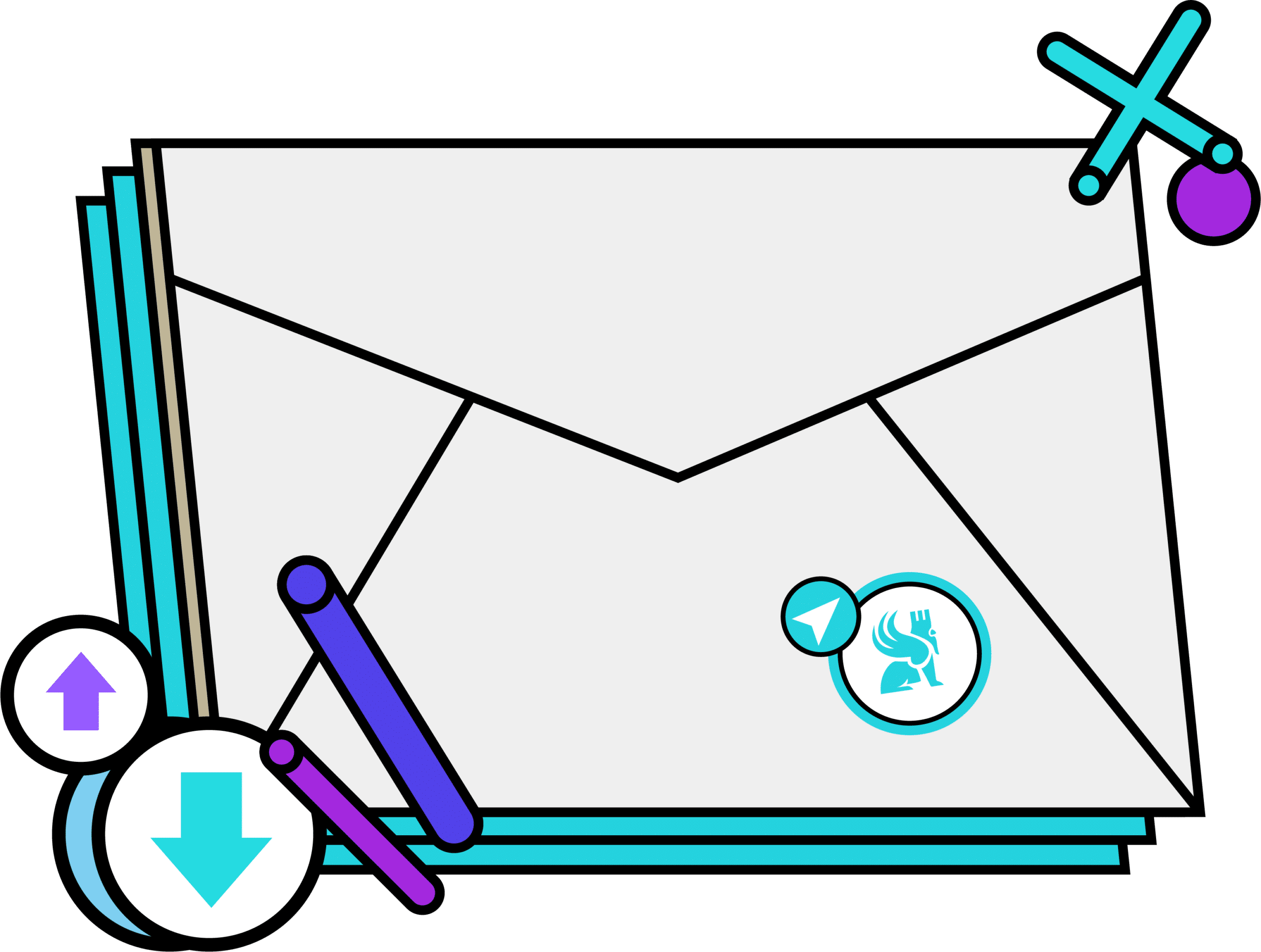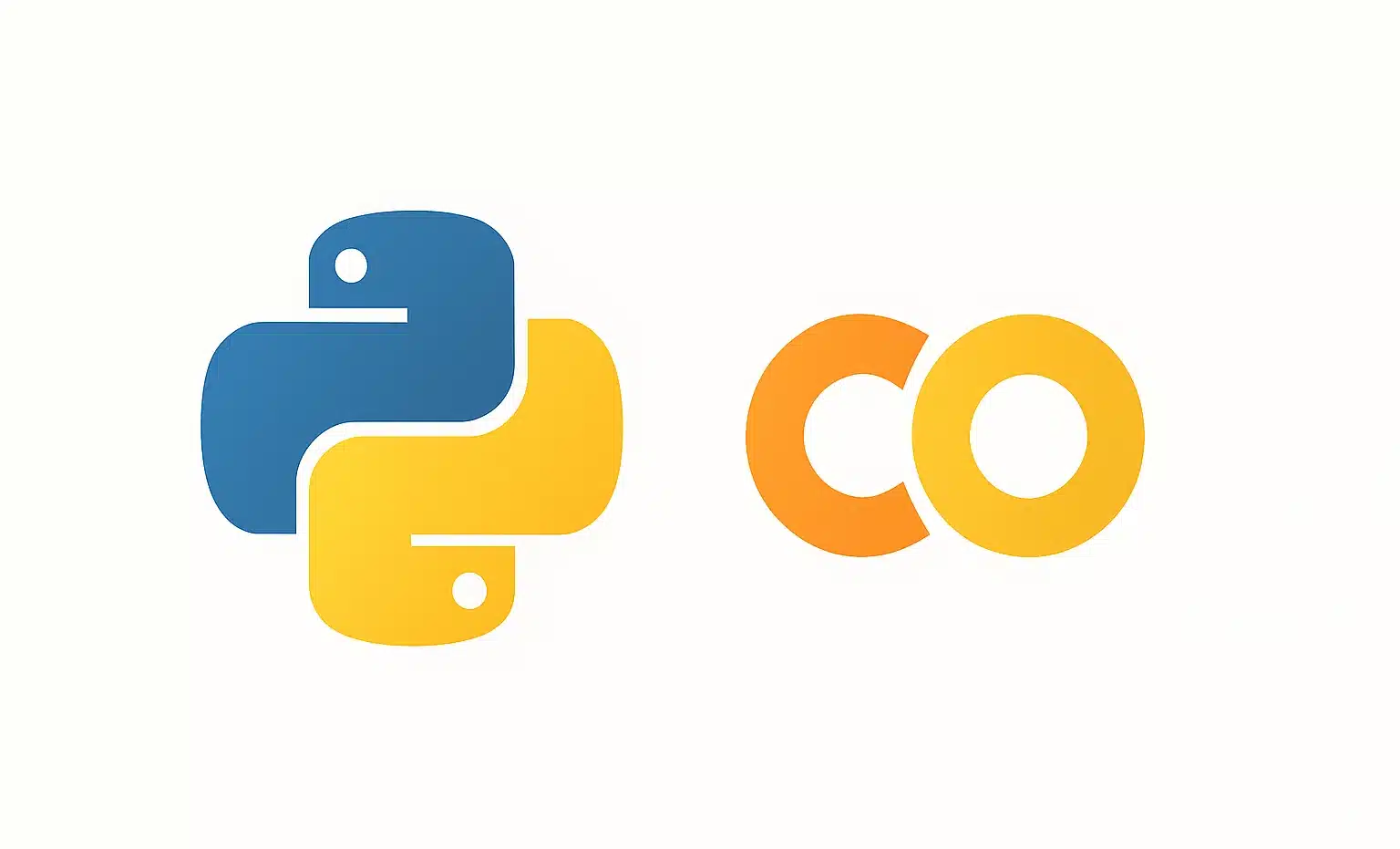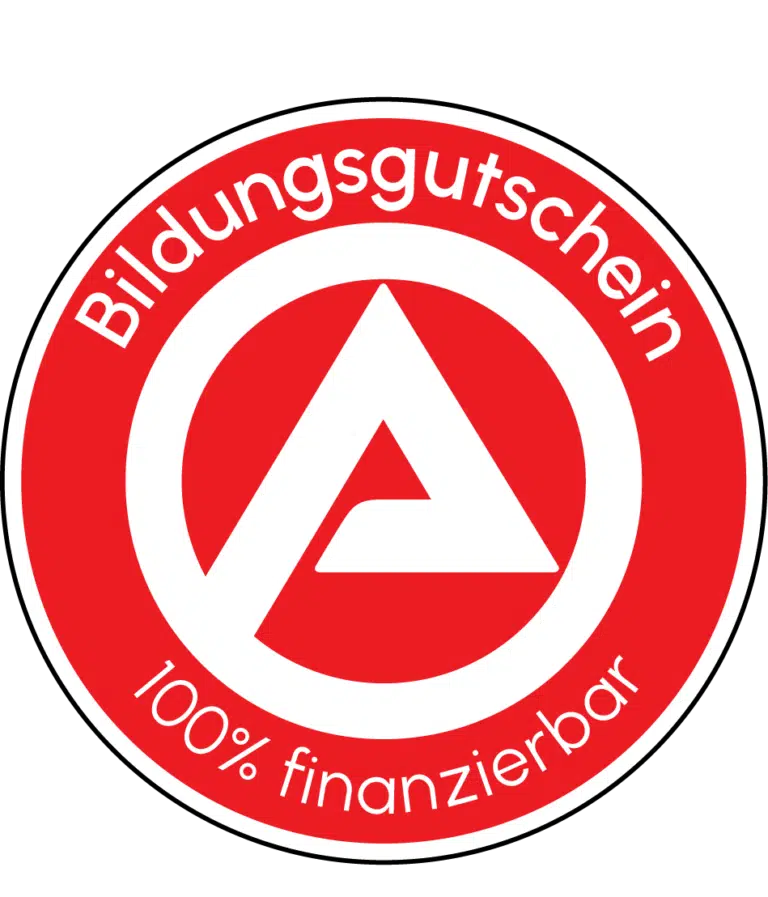Go (or Golang) is a programming language created by Google. It is multi-paradigm, statically typed, and compiled. With syntax similar to C, it is ideal for developers familiar with C.
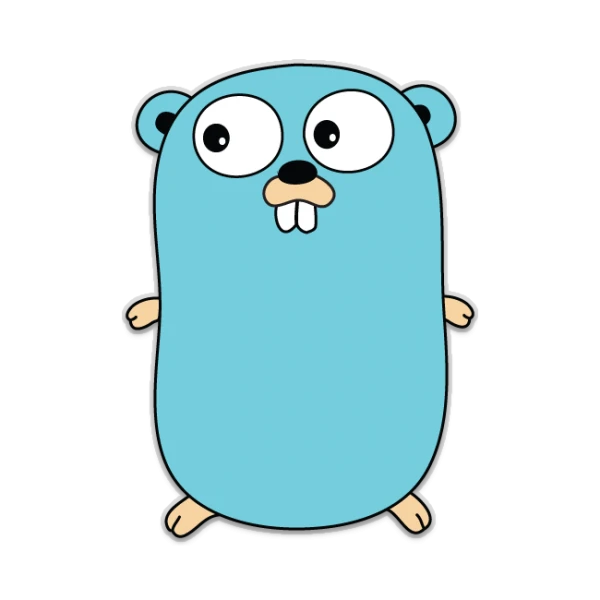
Go has gained prominence thanks to features like its garbage collector (a principle that optimizes automatic memory management), memory safety, and structural typing. According to the 2023 Stack Overflow Developer Survey, it ranks among the ten most appreciated languages by developers.
Why Choose Go for Web Development?
Go is a compiled programming language offering high performance due to its efficient memory usage management. Unlike interpreted languages, Go compiles code directly into executable binary, making it up to 40 times faster in some situations. Furthermore, its built-in tools like goroutines allow for easy management of simultaneous keep-alive connections on modern hardware (these are connections that stay active to handle multiple requests and responses), which is perfect for high-load web applications.
The Strengths of Go Frameworks
Go frameworks are designed to harness the language’s full potential, offering advanced features such as:
- Client and server implementation: Easy integration between client and server.
- Built-in Middleware: Ready-to-use tools for handling HTTP requests, authentication, and more.
- Error handling: Centralized HTTP error management for enhanced maintainability.
- Data Binding: Efficient support for JSON and XML formats.
The Most Popular Go Frameworks
1. Gin

Gin is likely the most popular Go framework. It’s designed for speed and simplicity, allowing for rapid API development while maintaining high performance. Gin excels in scenarios where HTTP request processing needs optimization, thanks to its data binding system for JSON and XML. With a minimalist approach and a robust architecture, Gin supports projects from simple microservices to complex platforms while minimizing boilerplate code.
It also offers excellent support for unit testing with native functions that facilitate simulating HTTP requests and responses. Its optimized routing engine can handle thousands of requests per second, making it ideal for high-load web applications.
Advantages:
- High performance and low latency.
- Customizable middleware for precise control.
- Comprehensive documentation and active community offering numerous practical examples.
- Great flexibility for scalability needs.
2. Echo

Echo is known for its minimalist yet powerful approach. It focuses on simplicity and scalability, making it ideal for extending existing projects or creating new services from scratch. With an intuitive user interface and a fast routing engine, Echo efficiently manages modern web applications while offering a smooth developer experience.
Key features:
- Support for native middleware.
- Concurrent keep-alive connections.
- Centralized error management.
3. Fiber
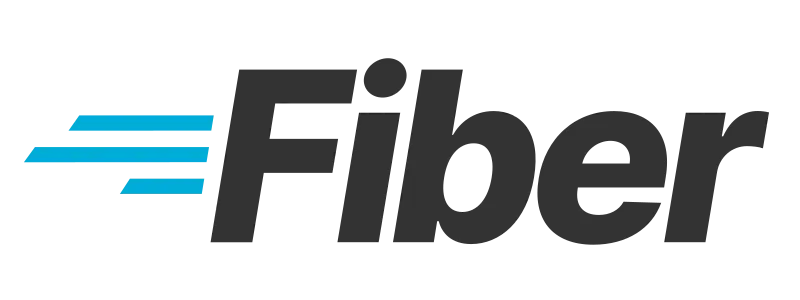
Based on the FastHTTP infrastructure, Fiber is designed for maximum performance. It excels in creating microservices and low-latency applications.
Strengths:
- Exceptional performance.
- Intuitive user interface.
- Advanced static file management.
4. Beego

Beego is a comprehensive Go framework, often compared to frameworks like Django or Laravel in other languages. It offers a wide range of built-in features, such as an ORM (Object-Relational Mapping), a task manager, and advanced support for REST APIs.
Strengths:
- Built-in tools for database management.
- Well-documented and active community.
- Ideal for projects requiring an MVC (Model-View-Controller) architecture.
5. Iris
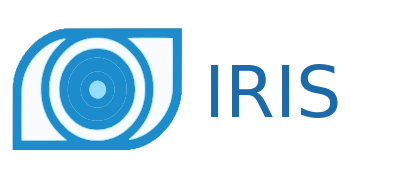
Iris is reputed for being one of the fastest and most flexible Go frameworks. It is tailored for developers aiming to optimize their application’s performance while providing a rich feature interface.
Key features:
- Advanced WebSocket support.
- Extensibility via plugins.
- Detailed documentation and tutorials suitable for both beginners and experts.
Comparative Table
| Framework | Performances | Ease | Community | Features |
|---|---|---|---|---|
| Gin | Excellent, up to 40 times faster than Martini | Easy, inspired by Django | Large | Modular and scalable API, similar to Martini |
| Echo | Very good, performance-oriented | Minimalist and extensible | Expanding | Data binding, automatic TLS, templating |
| Fiber | Exceptional, based on FastHTTP | Designed for rapid development | Emerging | Low memory usage, WebSocket support |
| Beego | Moderate, focused on rapid development | Accessible for experienced Go developers | Moderate | RESTful MVC model, automated deployment |
| Iris | Fast, simple, and lightweight | As intuitive as Express.js | Growing | Sessions, API versioning, MVC architecture |
Conclusion
Go frameworks provide a variety of solutions tailored to the diverse needs of developers, whether you’re seeking exceptional performance, ease of use, or advanced features.
The choice of framework will primarily depend on priorities: rapid development with all-in-one tools, extreme optimization for large-scale applications, or a modular and extensible architecture.


